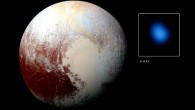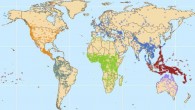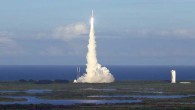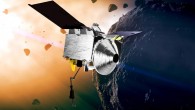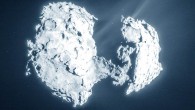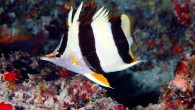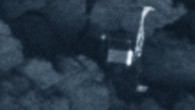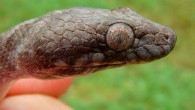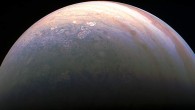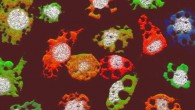On its way to assembling the most detailed 3D map ever made of our Galaxy, ESA’s Gaia spacecraft has pinned down the precise position on the sky and the brightness of 1.142 billion stars, and in addition measured the velocity and distance of two million of them relative to the Sun. An all-sky view of stars in the Milky Way and neighboring galaxies, based on the first year of observations from ESA’s Gaia satellite, from July 2014 to September 2015....


